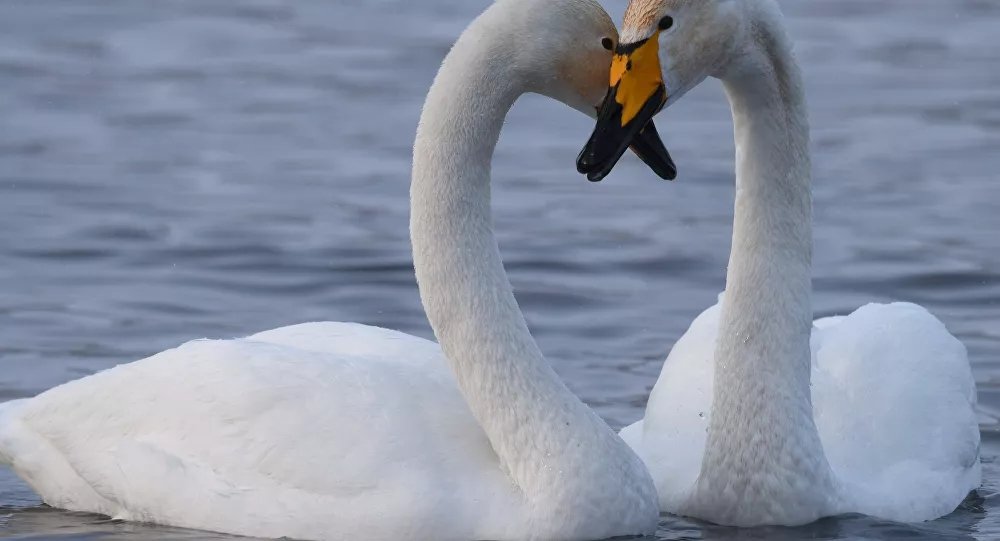November 28 Recently, mysterious swan deaths have occurred in many parts of the UK. Some swans will rotate in one direction before dying, and their nostrils are still bleeding.
Some analysts believe that this is related to the current spread of the new avian influenza strain in the United Kingdom.
According to Guardian and Russian Satellite News Agency, rescue workers have taken in more than 25 endangered swans in Worcestershire, England, and nine swans have been found dead in Stanley Park in Blackpool.
In addition, dying swans were found to circle in one direction at the Ulfurston Canal in Cumbria, and autopsy of six dead black swans and swans in Devon found that they were infected with the novel avian influenza virus H5N8.
Caroline Simm, a member of the volunteer organization Free Flight, Ulverston volunteer organization for the Protection and Rescue of Swan, said she had never seen such strange symptoms in a swan who died of avian influenza before.”
Many of them turn in one direction along the axis, which looks terrible. Some swans have a runny nose from their nostrils, and some are still bleeding.
David Cash of Worcester Swan Rescue said that about 25 swans died, noting that “these swans look listless, don’t want to eat, and keep coughing similar to symptoms of coronavirus infection.”
Wild swan H5N8 avian influenza epidemic occurred in China Pinglu Shanxi Province.
British media pointed out that the avian influenza virus was brought by migrating wild birds in Europe, and the last large-scale bird death was in the winter of 2016 to 2017.
Although the avian influenza virus is particularly obvious in swans and large wild birds, other wild bird deaths confirmed in the United Kingdom in November include pink-footed geese, Canadian geese, vultures and sandpipers.
Ruth Klomy, a researcher at the Wild Bird and Wetlands Foundation, said that bird flu, like all influenza viruses, often mutates frequently, and genetic or environmental factors make it particularly pathogenic this year.
The virus can damage the nervous system of birds and can cause neurological symptoms in birds, such as head twitching, falling and swimming in circles. The health ministry said that the risk of the new avian influenza virus to human health is very low.
UPDATED 30 Nov 2020
The swans here mysteriously die! Turn around before death, and your nostrils bleed! Relevant departments: Or infected with avian influenza virus! More than 10,000 turkeys will be put down…

According to a report by Sky News on the 28th, the United Kingdom is investigating a large number of mysterious deaths of swans. It is reported that these swans will rotate in one direction and bleed in their nostrils before they die. Authorities say they may have been infected with the avian influenza virus H5N8.


It is reported that H5N8 avian influenza virus is a highly infectious virus transmitted between birds. In 2016, there were successive outbreaks of H5N8 avian influenza in many European countries, resulting in a large number of poultry and wild bird deaths.
Report Bird flu in northern Britain More than 10,000 turkeys will be put down
The British Ministry of Environment, Food and Rural Affairs confirmed on the 29th that 10,500 turkeys on a commercial farm in North Yorkshire, England, will be put down due to the detection of avian influenza. At present, quarantine zones have been set up in the surrounding areas of avian influenza farms to prevent the spread of avian influenza; the public health department will then publish details of the investigation on the origin of the avian influenza.

England’s public health officials said that the occurrence of avian influenza would not affect the supply of turkey in the holiday market at the end of the year, and the current risk to public health is also low.



